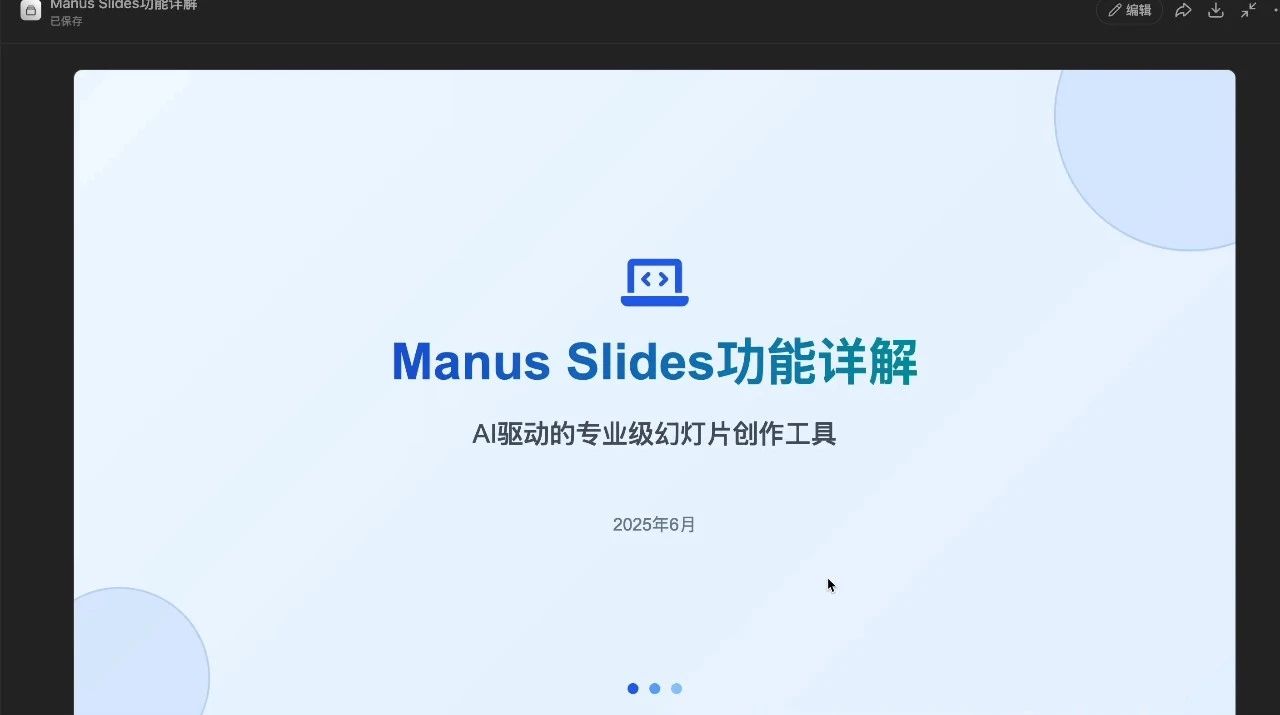Company Information
 Manus AI
Manus AIThis is an unofficial community website built by Manus AI enthusiasts and is not affiliated with the official Manus AI. We are dedicated to sharing information, resources, and discussions to help everyone better understand and use Manus AI.

